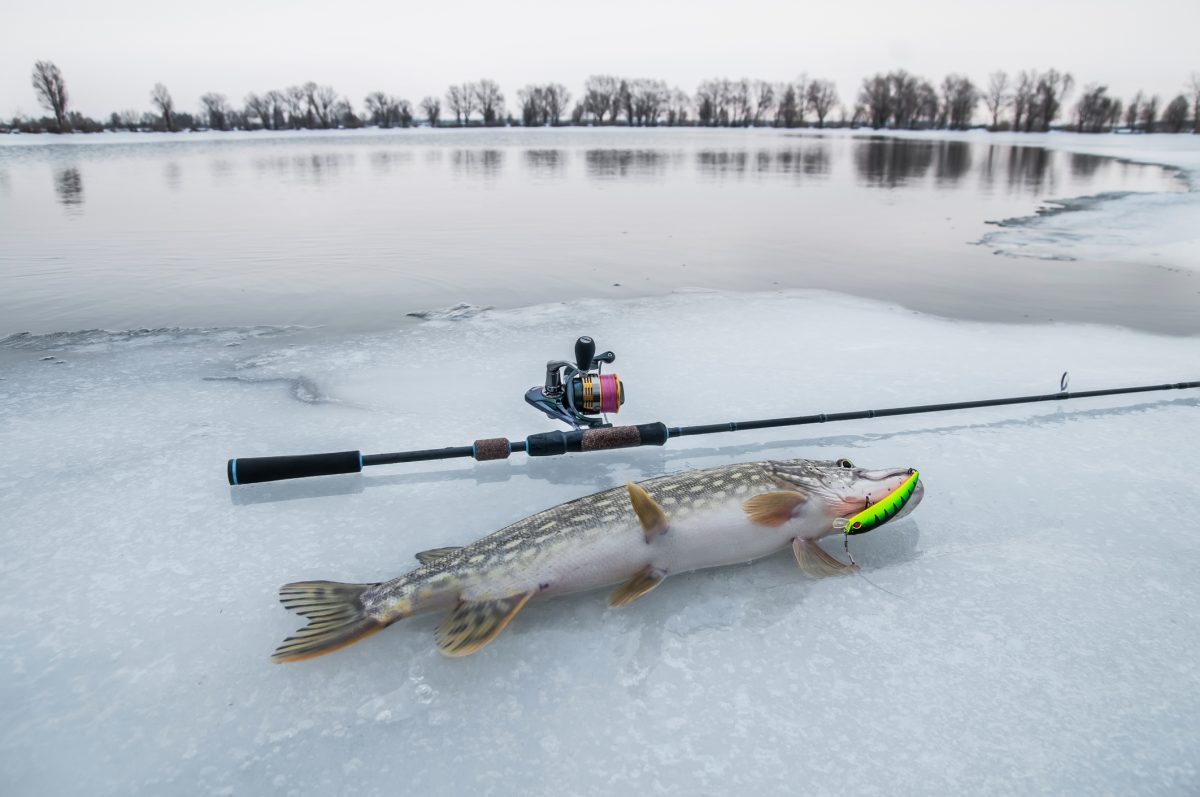JANUARY ICE TACTICS

JANUARY ICE TACTICS
January in Iowa is best described by one word…cold. Average temperatures will range from highs in the low 30’s, dipping to 6 degrees by morning. Ice still dominates lakes, ponds, and reservoirs. Ice fishing remains the mainstay for going after crappie, bluegill, perch, and walleye.
SAFETY FIRST
As any ice angler knows, safety on the ice is paramount. The truth is there is no “safe ice.” Check ice using a spud bar, and never go alone; take a length of sturdy rope that can be used to help pull you or your fishing partner to safety. Let someone know where you are fishing and when you are expected to return. It’s always better to err on the side of caution than not. It’s been said many times on social media as we read of tragic events where any angler or several have gone through the ice in an attempt to get to their “honey hole.” No fish is worth losing your life for…stay safe.
WHERE TO LOOK
One of the best friends an angler can have, whether you are fishing open water or ice, is a lake map that shows the contours, creek channels, and submerged structure. An excellent resource for lake information is the Iowa Department of Natural Resources website.
You can find printable lake maps and fishing structure maps. Anglers using the newest technology to help locate fish can use GPS coordinates to provide the exact location of rock piles and submerged brush piles. Creek channels, main channels that run through the lake, and even road beds all have fish-holding features.
I recommend looking for creek channels off the main lake with about two to three feet of drop-off from 10-13 feet of water. Follow those creek channels into areas marked with structure, or if you’re not sure, start punching holes in the ice and do some sleuthing with your electronics. You’ll find the fish if you can find the weed beds or brush piles right off the creek channels. These fish will stage either off the drop or up in the weed beds and brush piles. It may take some time, but if you can find weed beds that have not died off, you’ll find fish hanging around them.
January bluegill patterns are not that much different than crappie, though these fish will tend to relate to structure or off the edges of drop-offs. Drill several holes in these spots. Your electronic gear, flasher, and underwater camera will help you find active fish. Fish each whole until you see some good-sized fish. The larger bluegills tend to be just off the bottom, up to two feet. Smaller fish are often higher in the water column.
As we’ve seen in recent years January can have some surprising warmups which can lead to some melting. Look for areas with turbid water (ice/snow melt flowing into the lake or pond). Bait fish will move into these areas to feed. You should see crappie moving into shallower areas but don’t expect to find them in 5 to 10 feet of water.
Walleye will begin to transition to shallower areas following the bait fish. An effective tactic for locating active walleye is to drill several holes in the ice. By several, we’re talking about 20 or so along the edges of a point where you’ve located active bait fish at varying depths. Walleye will come shallow to feed and then move back out to the edges of drop-offs. Move from one hole to another until you find an active pod of feeding fish. Once they move off, move with them and find another hole where you’re marking fish. The key is being mobile.
EQUIPMENT
Light and ultra-light rods up to 6 feet will aid in getting your light baits out to the fish. Spool your reels with 4-6 pound monofilament, even 2 pounds if inclined. The lighter the line, the harder it is for fish to see, and your bait will get down to the fish quicker. With the advent of tungsten, your baits will drop quickly, a great advantage if you’ve found a pod of feeding fish. Hook up, bring up, and then get back down! Tight Lines All.
By Ben Leal
January 2025


